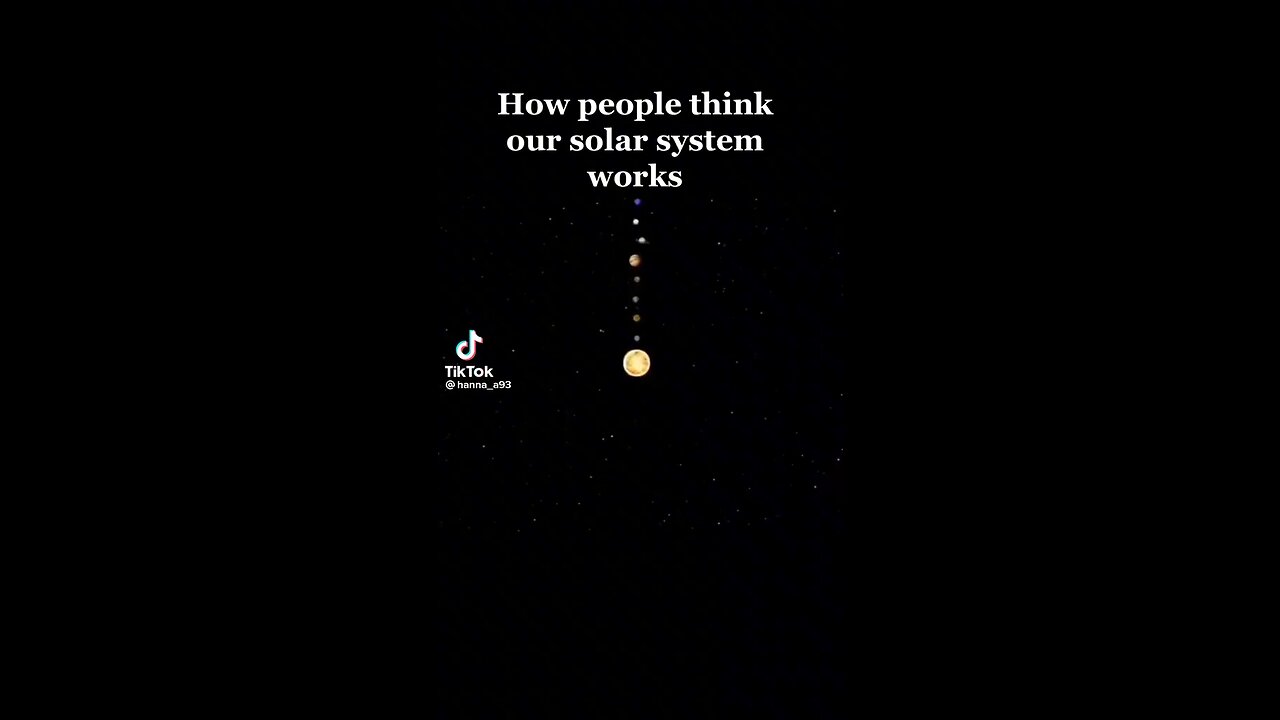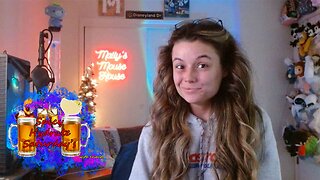Premium Only Content

You have been lied! How actually solar system work
The solar system is a complex system consisting of a central star, the Sun, and all the celestial bodies that orbit around it. These celestial bodies include planets, moons, asteroids, comets, and other small objects.
The Sun is the most massive object in the solar system and provides energy to all the other bodies in the system. The planets orbit around the Sun in elliptical paths, which means that their distance from the Sun varies as they move in their orbits. The eight planets in our solar system are Mercury, Venus, Earth, Mars, Jupiter, Saturn, Uranus, and Neptune.
Each planet has its own unique set of characteristics, such as size, composition, and atmosphere. The inner planets, Mercury, Venus, Earth, and Mars, are small, rocky, and close to the Sun. The outer planets, Jupiter, Saturn, Uranus, and Neptune, are larger, gaseous, and farther away from the Sun.
In addition to the planets, the solar system also contains numerous moons that orbit around the planets. These moons come in different sizes and shapes and have their own distinct characteristics.
There are also small objects such as asteroids and comets that orbit around the Sun. Asteroids are rocky objects that are smaller than planets, and comets are icy objects that are made up of gas, dust, and rock.
The solar system is held together by gravity, which is the force that attracts all objects towards each other. The Sun's gravity keeps all the planets and other objects in orbit around it, while the gravity of the planets affects the orbits of their moons and other objects.
Overall, the solar system is a complex and dynamic system that has fascinated astronomers and scientists for centuries, and continues to be studied and explored to this day.
-
 17:06
17:06
Professor Nez
9 hours ago🚨BREAKING: Elon Musk to BUY MSNBC!? Dems STUNNED by Brian Williams’ Viral Video!
46.1K63 -
![If You Smell LALALALA What CHiLi IS COOKING!!... #RUMBLETAKEOVER [Overwatch 2]](https://1a-1791.com/video/s8/1/e/s/X/3/esX3u.0kob-small-If-You-Smell-LALALALA-What-.jpg) 4:27:40
4:27:40
CHiLi XDD
11 hours agoIf You Smell LALALALA What CHiLi IS COOKING!!... #RUMBLETAKEOVER [Overwatch 2]
27.9K1 -

Delnorin Games
12 hours ago🔴 Live - Star Citizen
55.2K12 -
 1:39:44
1:39:44
HELMET FIRE
13 hours agoDEADROP IS BACK!
143K8 -
 10:03
10:03
Tundra Tactical
15 hours ago $15.10 earnedBrandon Herrera Vies Bid for ATF Director!
92K16 -
 22:01
22:01
DeVory Darkins
1 day ago $36.29 earnedHakeem Jeffries SHUTS DOWN The View as Matt Gaetz Speaks out
80.8K129 -
 2:02:54
2:02:54
Mally_Mouse
14 hours agoLet's Play!! - Spicy Saturday
60.3K2 -
 1:33:06
1:33:06
Slightly Offensive
15 hours ago $30.74 earnedAre You Ready for What's Coming Next? | Just Chatting Chill Stream
77.2K42 -
 32:10
32:10
MYLUNCHBREAK CHANNEL PAGE
1 day agoThe Gate of All Nations
148K63 -
 13:07
13:07
Sideserf Cake Studio
19 hours ago $3.86 earnedIS THIS THE MOST REALISTIC SUSHI CAKE EVER MADE?
64.6K4